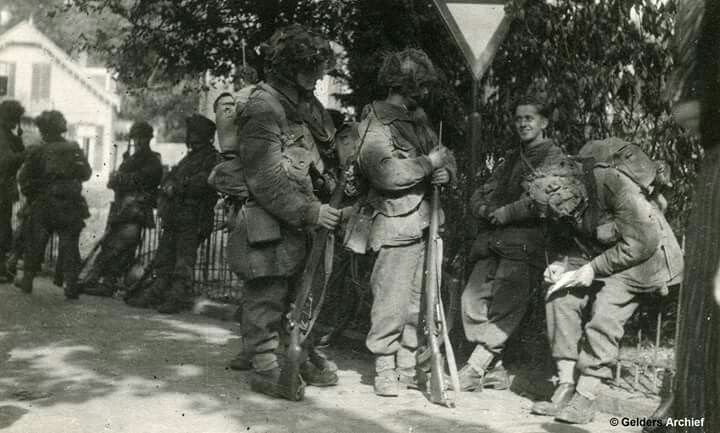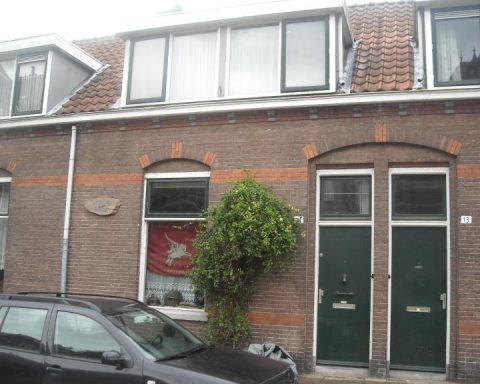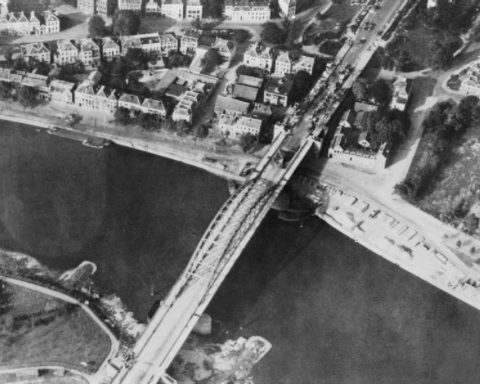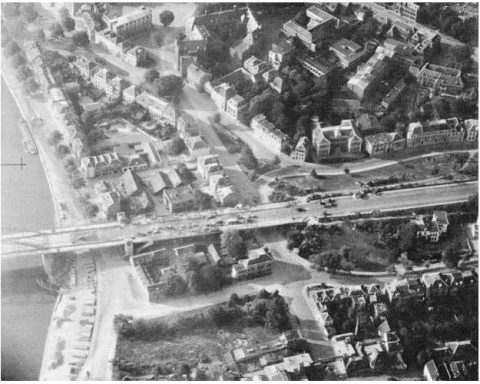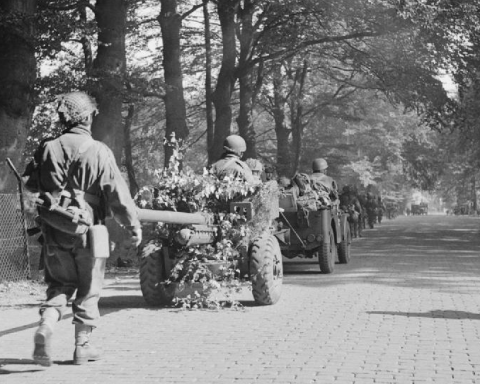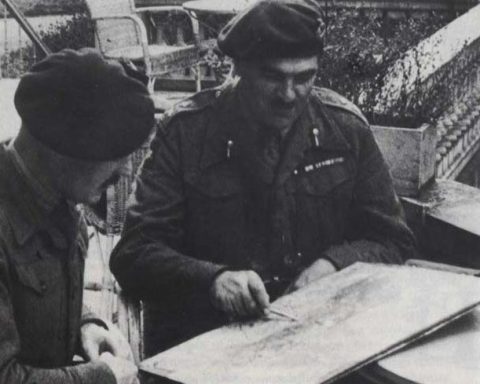Now that the entire 1st British Airborne Division had finally landed on Monday, September 18, all troops on and around the landing areas could advance to Arnhem. The gliders on the landing areas were emptied, troops gathered and, according to the official plan drawn up in England, all paratroopers prepared to move in the direction of Arnhem.
General Shan Hackett’s 4th Parachute Brigade was located on the edge of the Ginkelse Heide, no less than 16 kilometers from Arnhem. Instead of a peaceful, problem-free landing, the paratroopers should have immediately taken action against the Dutch SS Battalion Nordwest , which was attacking the British positions at the Ginkelse Heide. Moreover, the Brigade had lost quite a few troops during the landing because German anti-aircraft guns had downed a number of aircraft.
The 4th Parachute Brigade originally numbered almost 2,000 soldiers and consisted of three battalions: 10th Battalion, 11th Battalion and 156th Battalion. After landing, General Hackett concluded that he had already lost 200 men. And the battle had yet to begin.
It was clear to Hackett that there were considerably more German troops stationed in the Arnhem region than had previously been thought. Hackett did not yet know that the German resistance was so strong that only one British battalion had managed to reach Arnhem. Due to the large distances between the various British units and the wooded area, the British radios did not function.
Northern route
Hackett therefore stuck to the original plan. His 4th Parachute Brigade would advance to Arnhem via the northern route along the Amsterdamseweg and take up position north and east of the city to form a defensive perimeter to stop any German attacks from Tuesday, September 19.
The German troops of the 9th SS Armored Division were waiting for the British along that northern route, but the British were not yet aware of this.
In addition, there was also a lack of clarity about the command structure of the Airborne Division now that General Roy Urquhart was missing. A day later, Urquhart turned up again and it turned out that he had had to hide from the Germans in a house on Zwarteweg in the Lombok district of Arnhem.
Hackett had to make do with two of his three battalions. He only had the 10th Battalion and the 156th Battalion at his disposal. The 11th Battalion was sent by General Hicks, who was temporarily in command of the Airborne Division, to the Utrechtseweg in the vicinity of the Elisabeth Gasthuis to help the 1st and 3rd Battalions of the 1st Parachute Brigade to make a breakthrough in the direction of to force the Rhine bridge.
The 10th Battalion initially stayed behind at the landing zone on the Ginkelse Heide to provide protection for the 133 Parachute Field Ambulance, which was still treating wounded people who had fallen during the fighting during the landing .
In fact, the 156th Battalion, 600 men strong, was at that time the only part of the 4th Parachute Brigade that advanced to Arnhem. The 156th Battalion advanced along the railway line to Arnhem. Progress was fairly rapid, although the British kept to their custom of marching for 50 minutes every hour and then taking a 10-minute tea break.
German fire
The leading company of the 156th Battalion, C-Company, came under heavy German fire just past Wolfheze. Because it was getting dark and the British could not properly assess the German resistance ahead, it was decided to stop for the night.
The battalion of the 7th KOSB had been given the task of securing Landing Zone LZ-L, between Wolfheze and Oosterbeek. The Poles of the 1st Polish Airborne Brigade are to land here on Tuesday, September 19. Near the place where C-Company came under fire by the Germans, the KOSB also had to deal with German resistance.
It was decided to attack the German positions at first light and advance to the Mariëndaal estate on the west side of Arnhem. The British soon discovered the next morning that the Germans were much stronger than the British thought possible…

